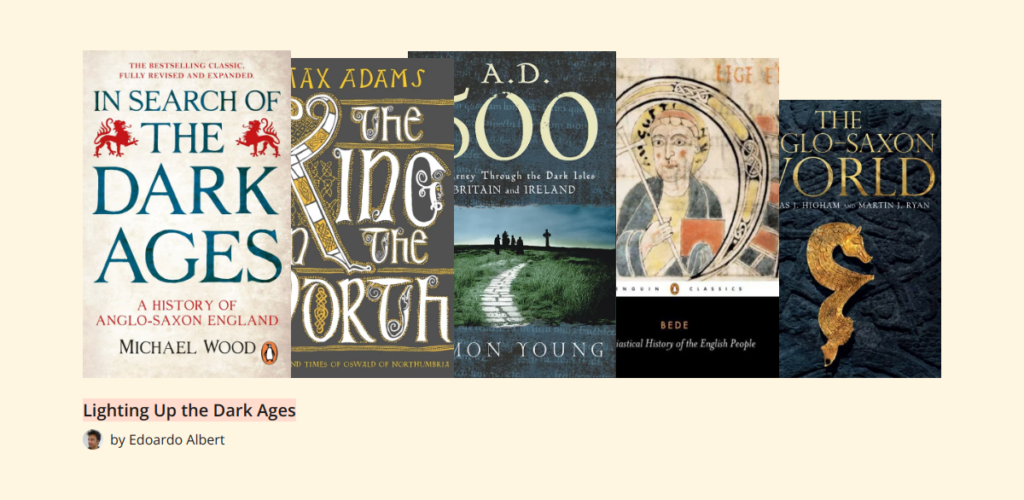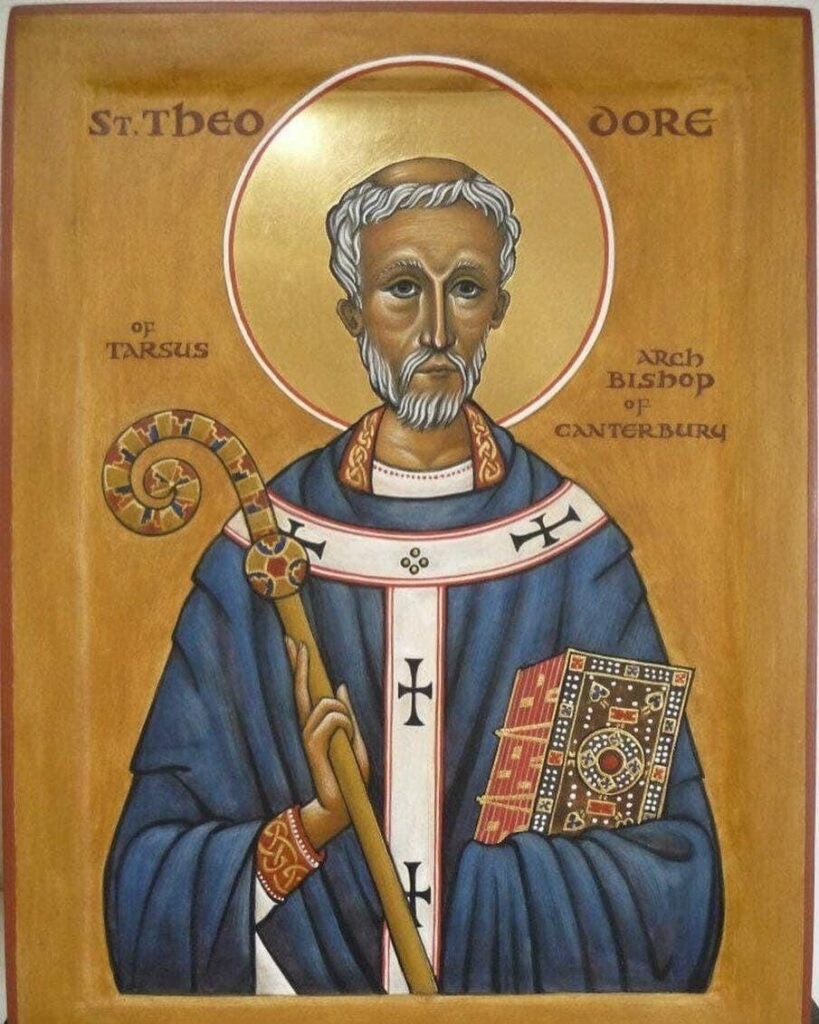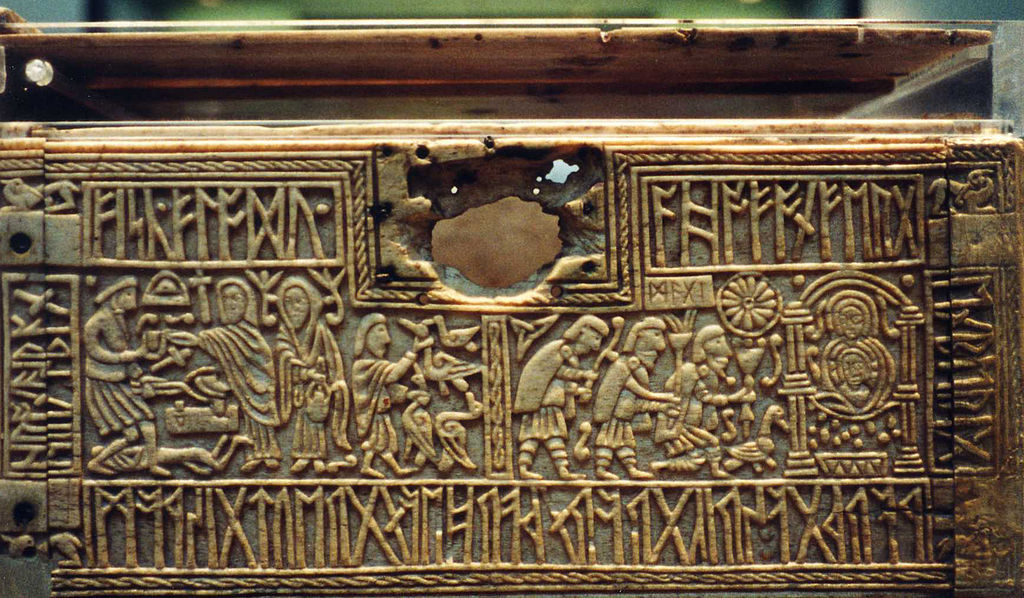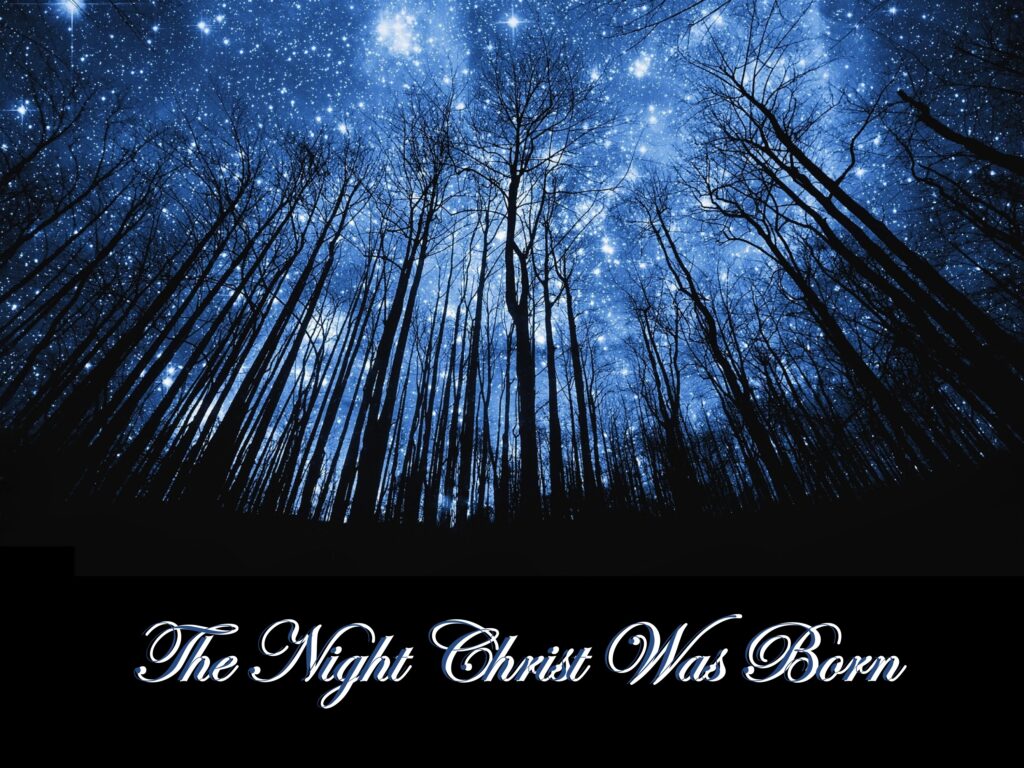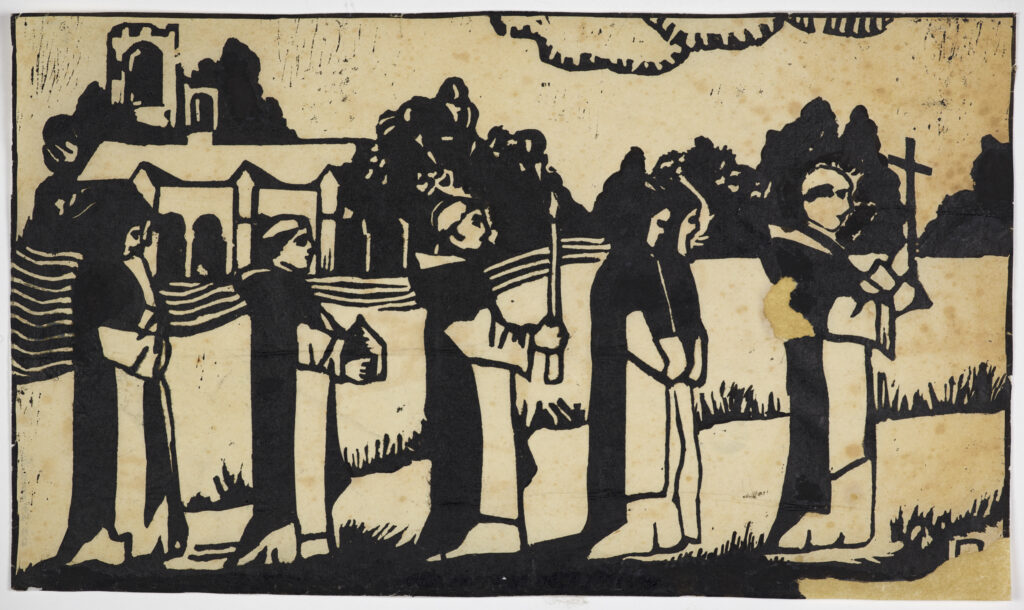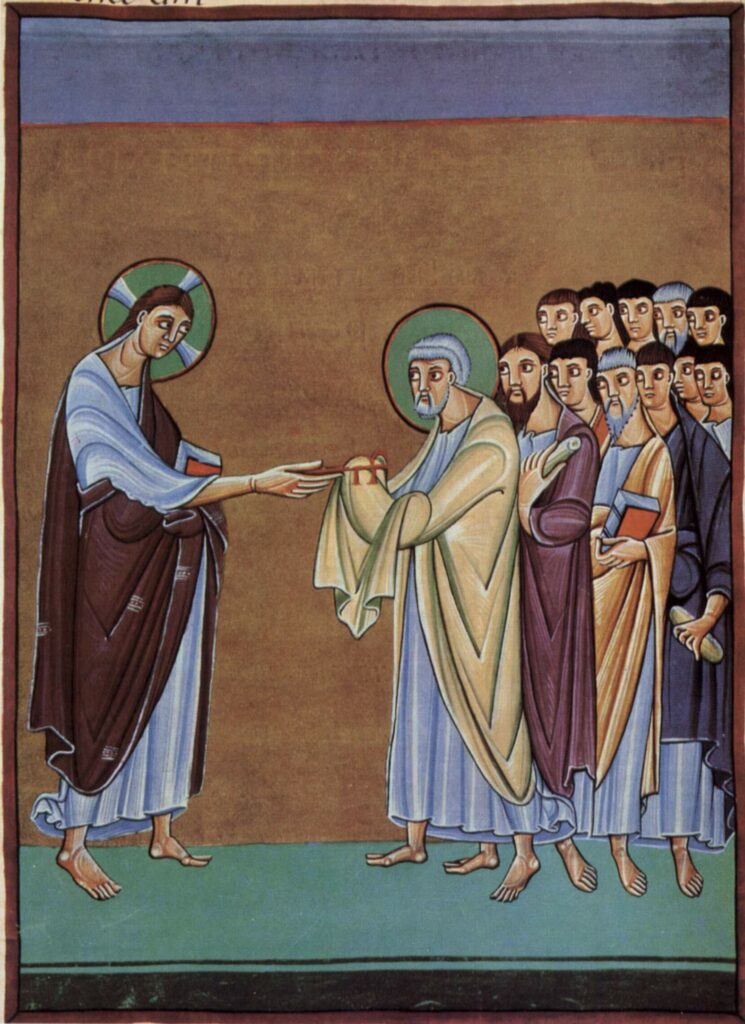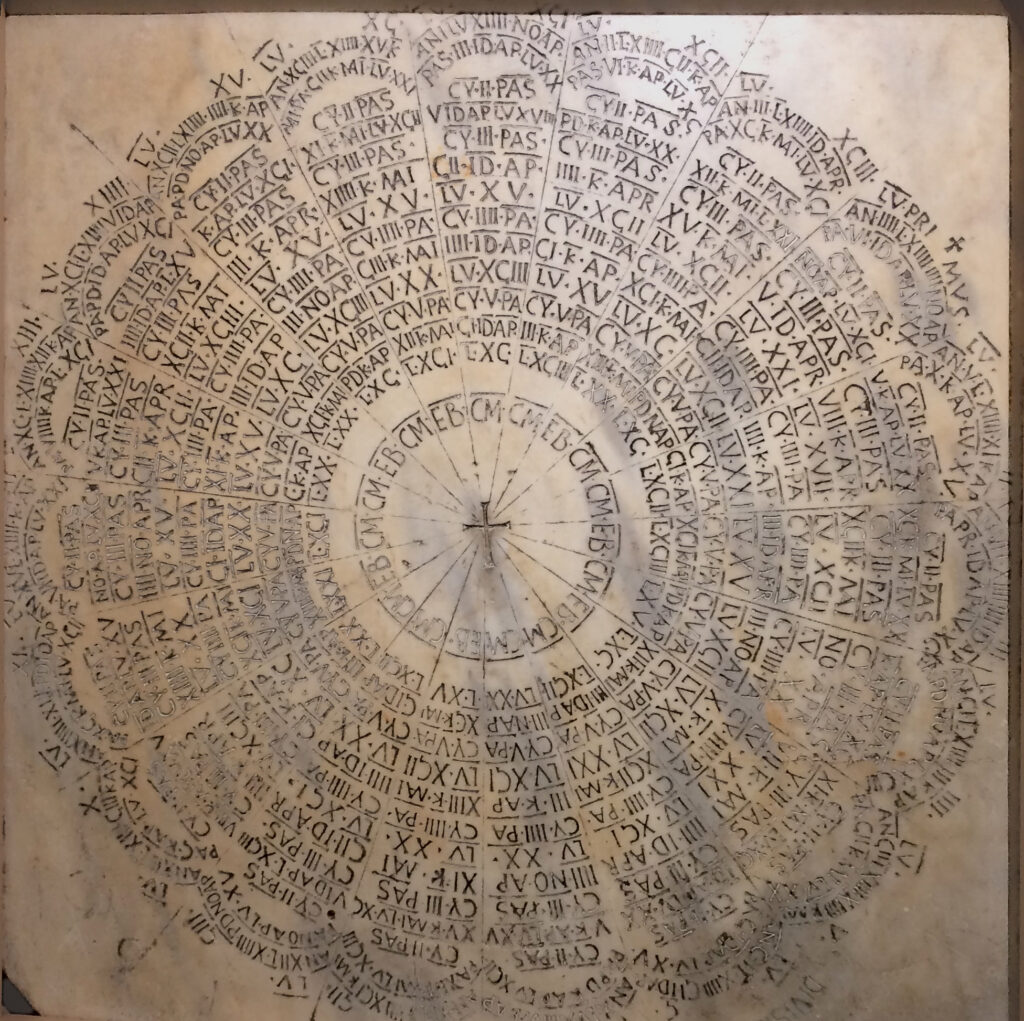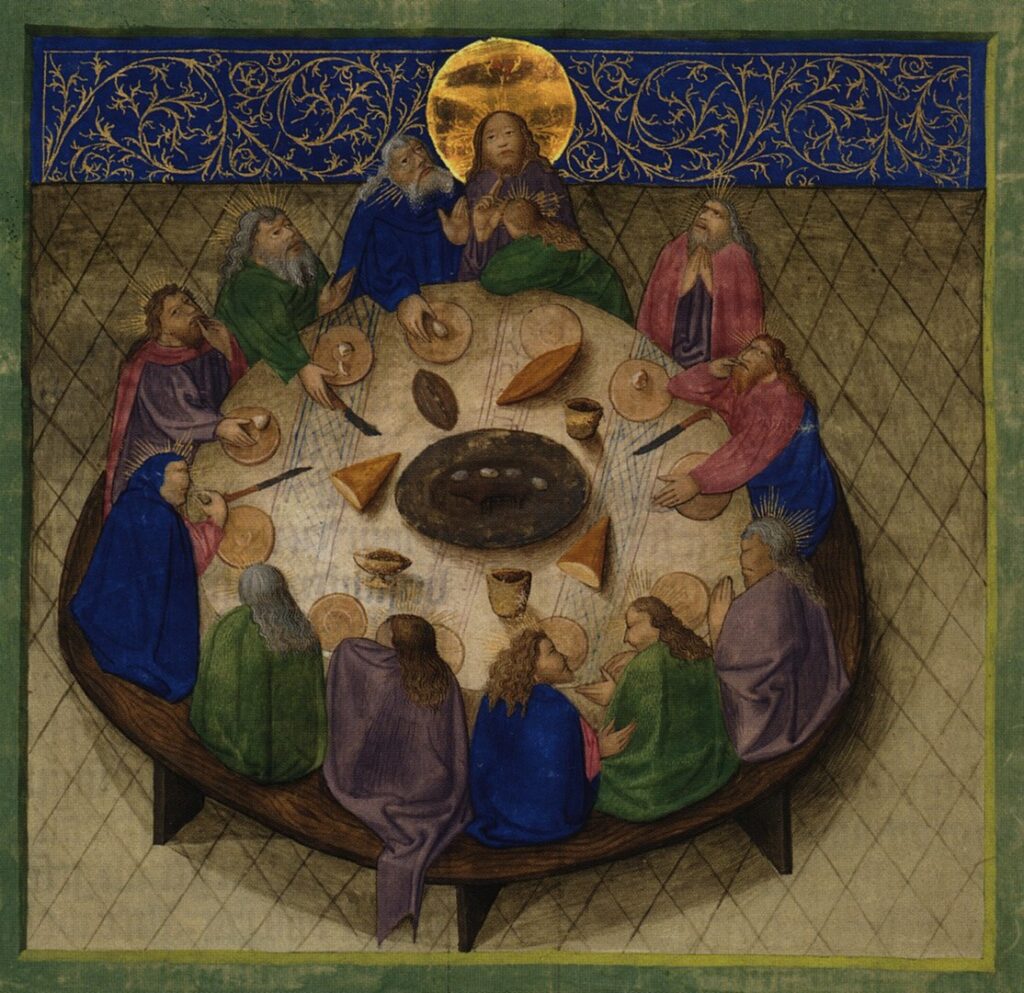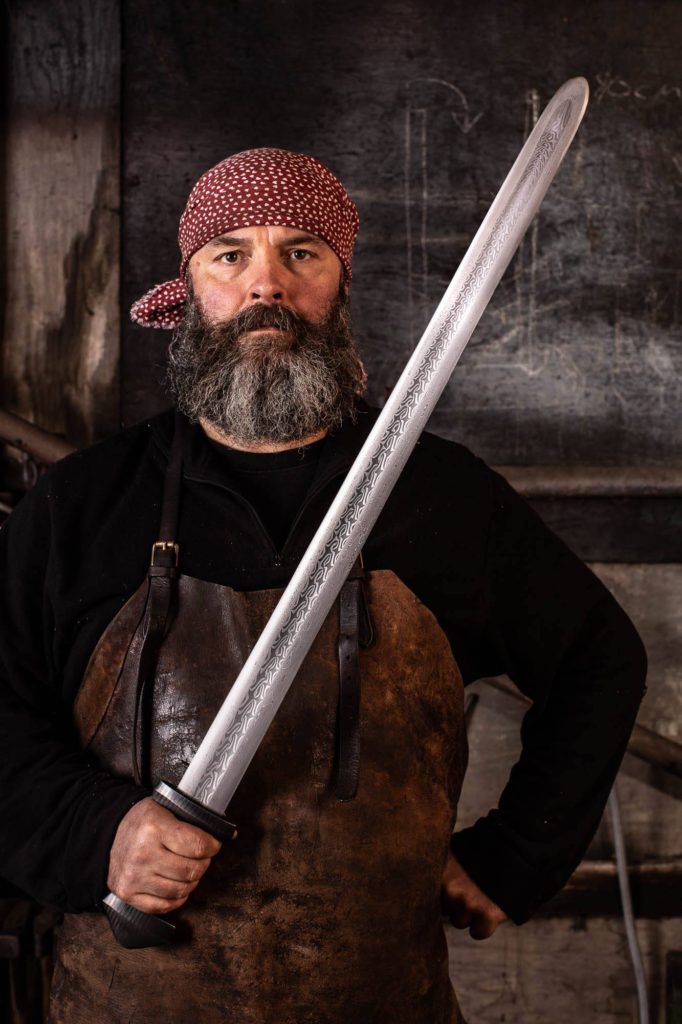
Swords are individual. Each is unique, with its own set of characteristics. These characertistics impress a style upon the man wielding it who in turn exerts his own style upon the sword.
A sword is not a dumb brute of a weapon but rather one that works in partnership with its wielder. Depending on the sword and the swordsman, the partnership may be one of equals, the sword may be superior to its wielder, or the swordsman may have to impose his own style upon a crude and poorly made weapon.
From The Perfect Sword.
